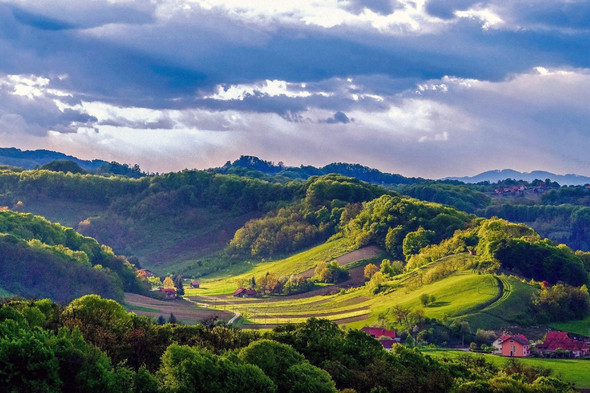Continental Croatia is one of the still undiscovered touristic treasures of Central Europe, characterised by warm hospitality among its green hills.
Zagorje (Hrvatsko Zagorje means Croatian highlands) is the north-western region of Croatia, located south of Zagreb with the river Sutla running along the Slovenian border and the river Lonja forming its border in the east. Already acquainted with the beauty of the Croatian coast, beaches and islands, it is high time the world got to know the great potential Continental Croatia offers in green, rural and thermal tourism.
Pristine nature, green hills covered with vines, enchanting views and a pleasant climate ensure that those who love nature and active holidays feel as if they are paradise every day of the year. At the same time, Zagorje has every right to be proud of its cultural and historic values, too. Throughout the countryside, medieval castles, fortresses, churches and archaeological sites line the tourists’ routes.
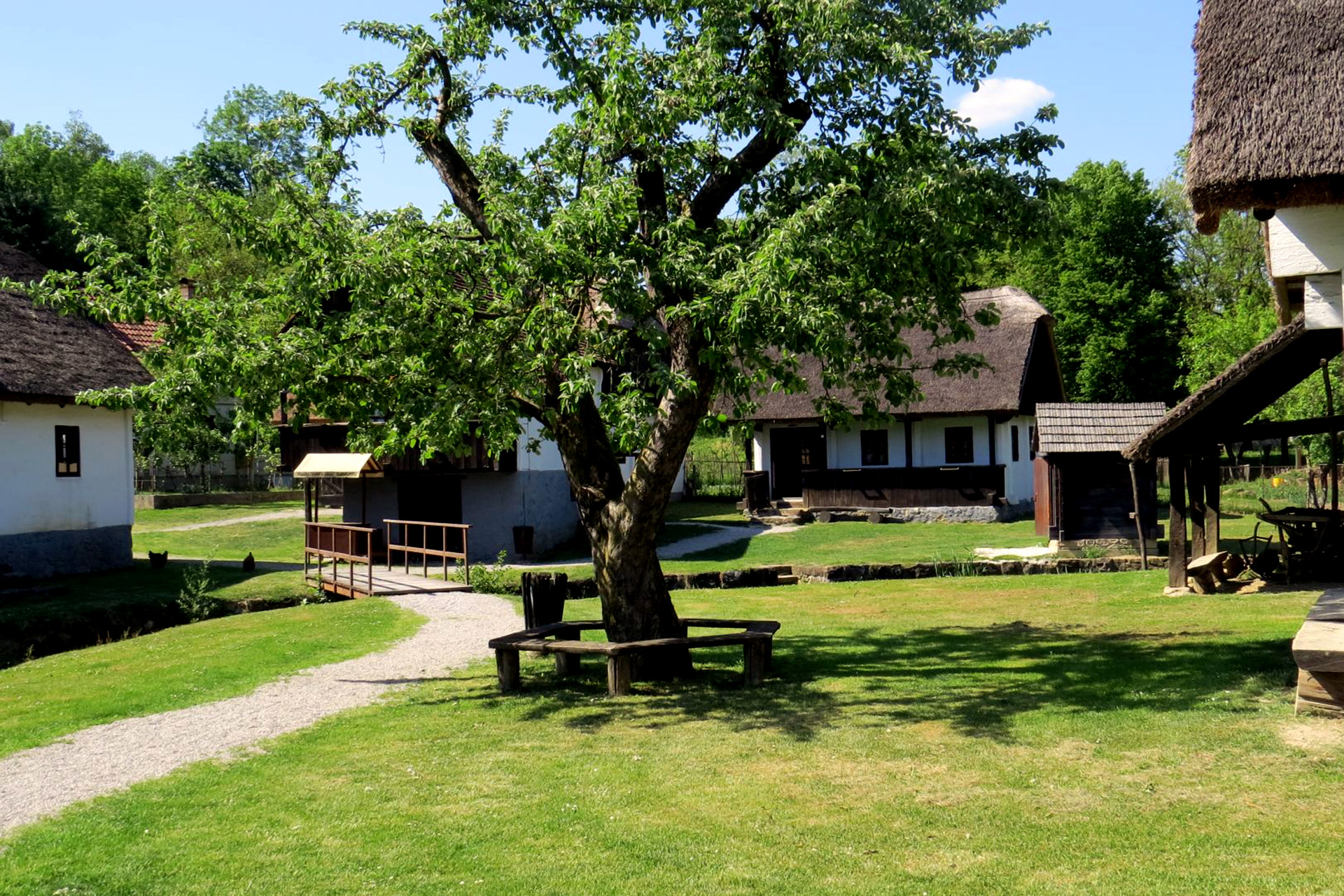
The first time I became aware of the ample cultural and touristic opportunities Continental Croatia offers was at Wellcone, the first regional continental tourism expo. The 2000 square-metre exhibition area provided local hotels, restaurants and wineries, the representatives of rural tourism, travel agencies, family farms, tourist associations, counties, towns and cities, as well as museums, spas and other tourism-related institutions with the chance to introduce themselves.
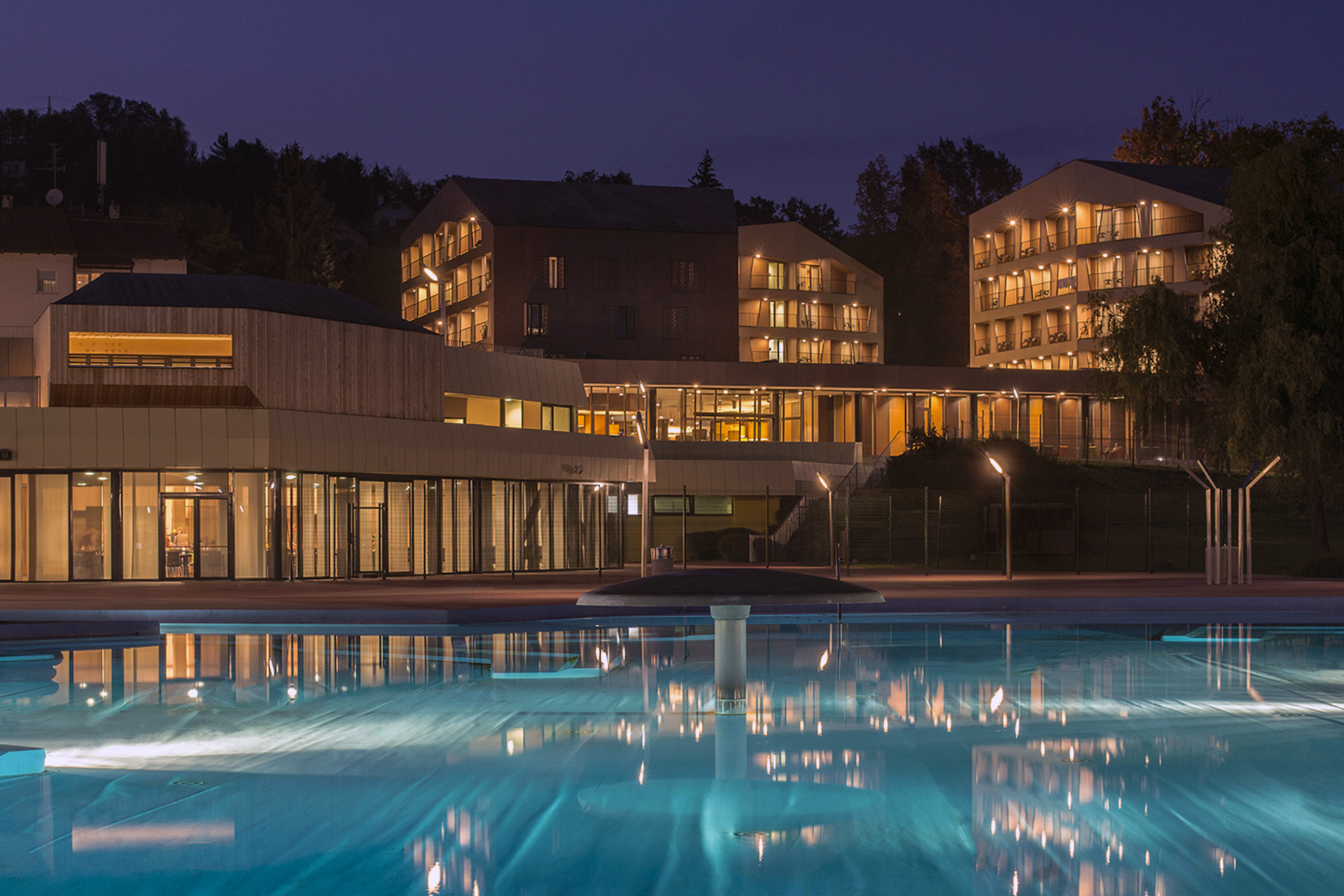
At the end of the 19th century, on the Husnjak hill (Hušnjakovobrdo) just outside the city, archaeologists and palaeontologists found over 800 Neanderthal fossils. The Neanderthal Museum in Krapina is one of the major sights of the city; an extremely interesting museum established not only to attract curious visitors but also to serve educational purposes. Those attending Wellcone expo could also participate in virtual time travel starting from the age of Neanderthals, through the Middle Ages, finishing their journey today.
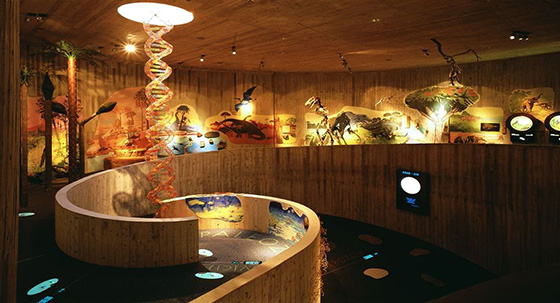
The shrine in Marija Bistrica, Zagorje County, where Pope John Paul II beatified a Croatian Cardinal in 1998, attracts approximately one million pilgrims annually. 1109 miracles were recorded around the church between 1688 and 1786.
Even though black grapes also grow in the Croatian highlands (Cabernet Sauvignon and Pinot Noir), it is the white varieties which really flourish here and provide high-quality grapes for sparkling wine. Personally, I loved the variety named Sokol (falcon), which is only planted here. If more were planted, a unique, light, quaffable wine could be produced for both the domestic and international markets.
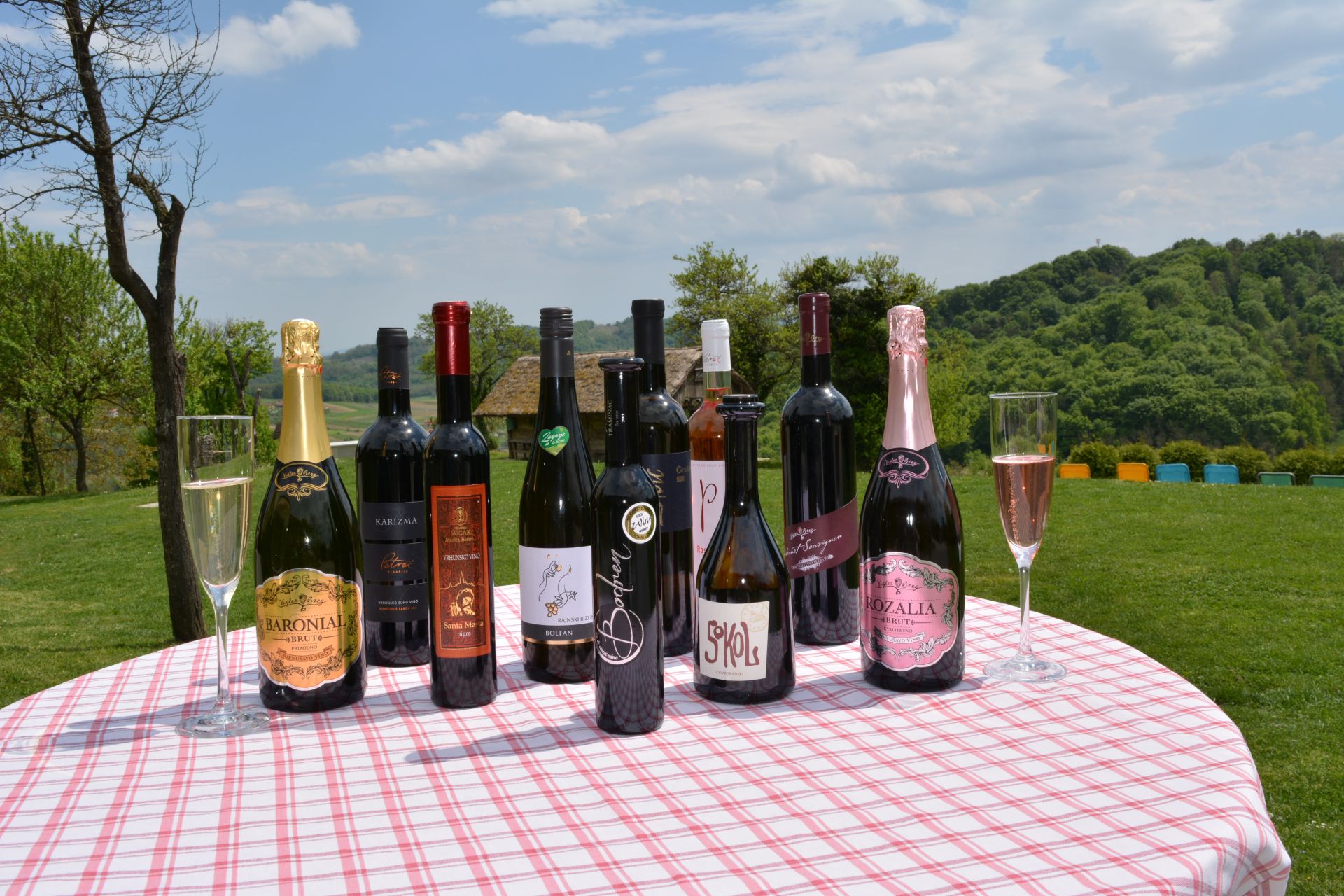
Zagorje has something to offer to tourists familiar with the history of music: this is the monument to the Croatian national anthem. It honours the writer of the anthem’s lyrics, Antun Mihanović, who was inspired by the woods, hills and castles of the region. The monument is located in Zelenjak forest, in the valley of the river Sutla.
The 13th century Trakošćan Castle is also a sight not to be missed whilst in the area. It was built as a small observation fortress, forming part of the Croatian fortification system with the primary objective of monitoring the road between Ptuj and the Bednja valley. Towering in the middle of the 87-hectare protected area over a system of artificial lakes, it looks like an illustration from a fairy tale book. The museum it houses has, amongst other things, a historical weapons collection on display.
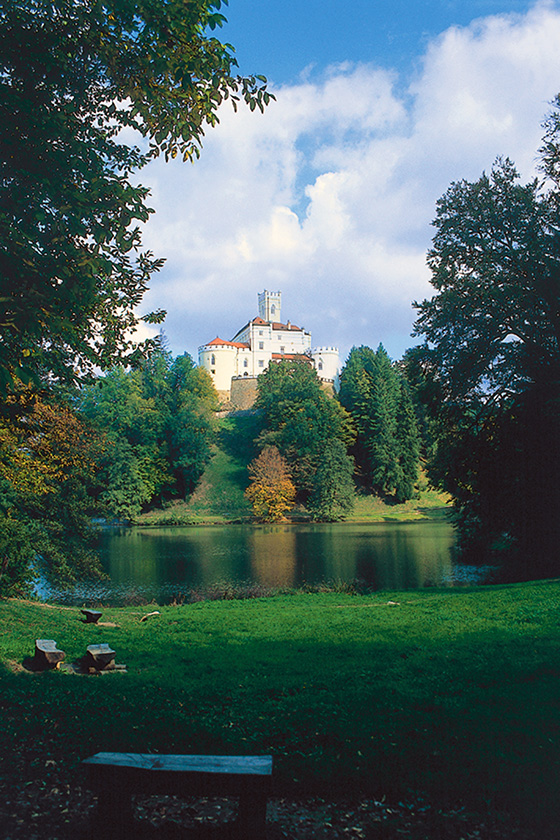
A long time ago, when the area was at considerable threat from the Turks, many people sought protection in the safety of Zagorje. Today, you can escape from stress and problems, if only for a short while, just sitting back and finding some peace and quiet. The 30-minute journey it takes to get to Mother Nature is probably less than the time you spend stuck in traffic jams in the streets of Zagreb.



